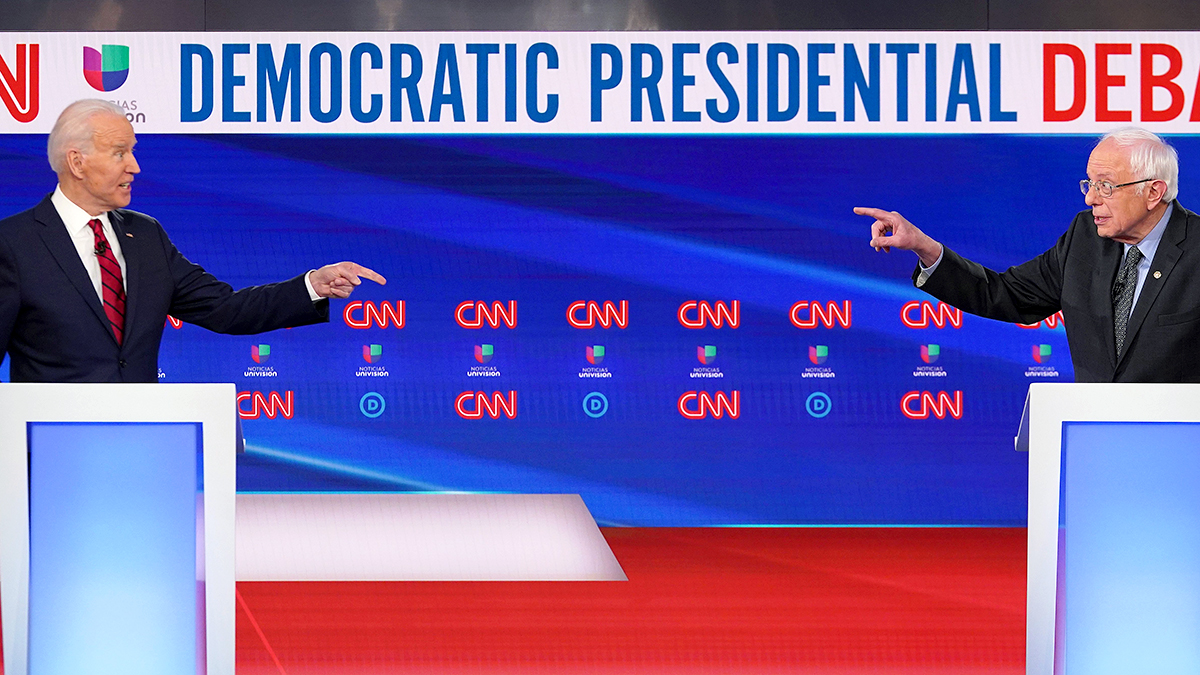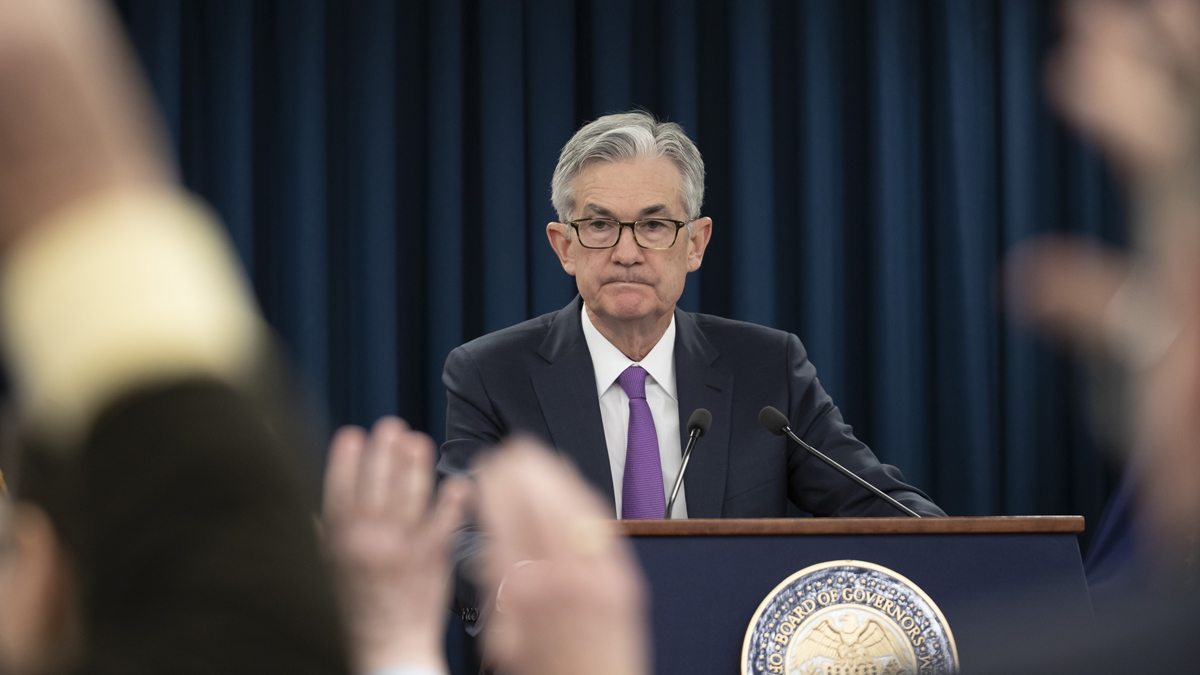The White House is putting in place new measures starting Monday to protect President Donald Trump and his staff during the coronavirus outbreak, including taking the temperature of anyone who enters the complex, from visitors to members of the press corps.
This would expand on screenings the White House began on Saturday for anyone who gets close to Trump and Vice President Mike Pence, who is leading the administration's response to the virus.
"In order to keep the entire White House complex safe and healthy, beginning Monday morning, temperature checks will be conducted on everyone who enters campus," spokesman Judd Deere said. "As was announced over the weekend, additional temperature checks will be conducted on individuals who are in close contact with the president and vice president throughout the day."
Get top local stories in Southern California delivered to you every morning. >Sign up for NBC LA's News Headlines newsletter.
Press corps members are also taking steps, independent of the White House, to limit their exposure.
The White House on Saturday began taking the temperature of reporters attending a coronavirus briefing led by Trump and Pence. One reporter with a temperature above 100.4 degrees was denied entry to the briefing room. Temperature checks were conducted before Sunday's briefing, too.
Trump has had contact with individuals who later tested positive for coronavirus, including the press aide for Brazil's president, but the president initially refused to be tested.
On Saturday Trump said he had taken the test in response to questions at a Friday news conference. The White House doctor reported late Saturday that the test came back negative. Trump, 73, would be considered at risk because of his age.
For most people, the new coronavirus causes only mild or moderate symptoms, such as fever and cough. For some, especially older adults and people with existing health problems, it can cause more severe illness, including pneumonia. The vast majority of people recover from the virus.
Other precautionary steps the White House is taking: pausing its internship and volunteer programs, canceling public tours and canceling large events through the end of March. The White House also has closed its Navy Mess Dining Room, where many staffers get daily meals.
The White House also has encouraged staffers to follow guidelines for telework issued by the Office of Management and Budget.
The White House Correspondents' Association also has taken steps to limit the number of journalists who are in the briefing room on a daily basis, starting with television crews.
Television networks have agreed to "pool" camera coverage of the briefing room, the WHCA board said in a statement Sunday. That means just one crew will cover briefings and share footage with all the other networks, instead of having multiple crews covering the same event.
That system was in place for Sunday's coronavirus briefing.
"This is an important first step for us, but we all agree more action is needed to protect our members and the integrity of the press pool covering the president," the board said.
Coronavirus Outbreak Coverage
Members are also being asked to leave every other seat in the briefing room empty to practice the "social distancing" that public health officials are impressing upon all Americans.
They are also being asked to not stand in the aisles during briefings and to monitor such events remotely, if possible.



